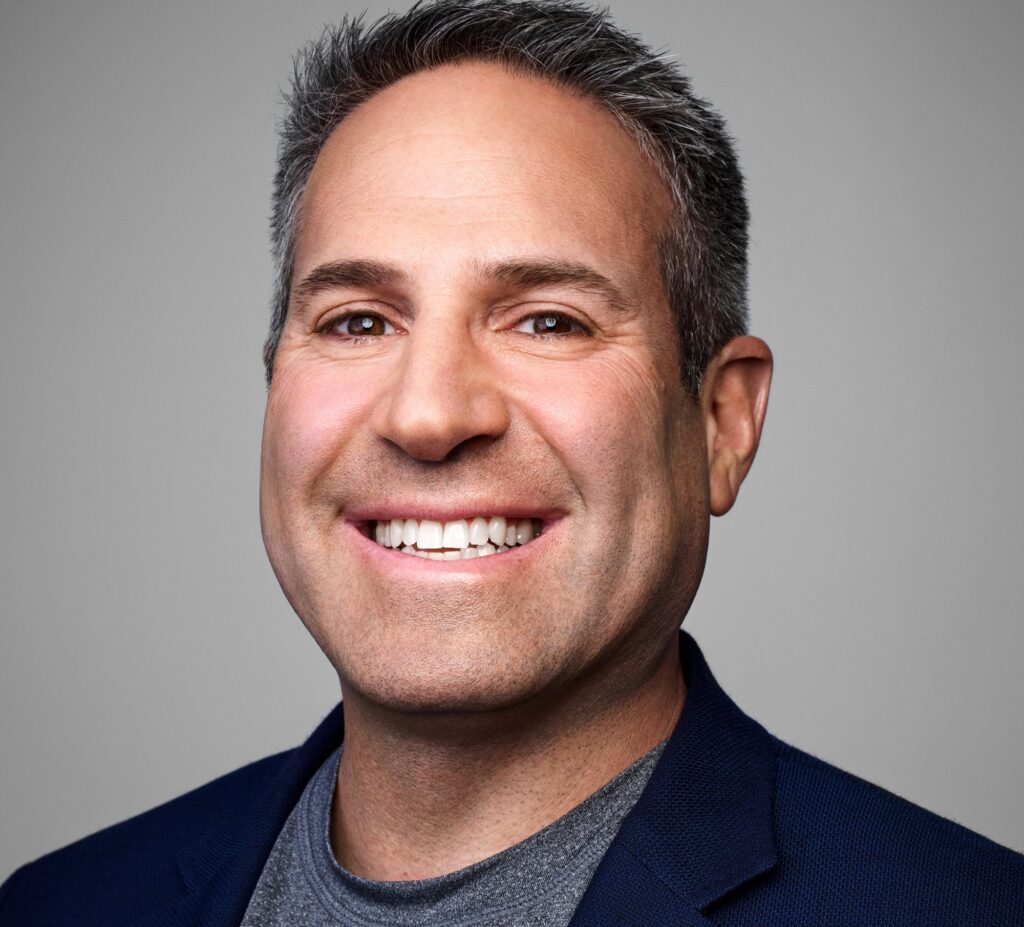America’s quintessential book buyer is a middle-aged woman who lives in a Western urban area.
She’s highly educated, with household income above $100,000 (usually reflecting two wage earners), and has plenty of free time, according to market research conducted by the American Booksellers Association, the Book Industry Study Group Inc. and other sources.
This typical consumer spends cash on paperbacks for relaxation and entertainment and often shops at large chain stores. She probably reads fewer books than her parents or grandparents did, but will tend to do more solitary reading as she ages.
She’s equally likely to shop in independent bookstores or buy from a direct mail book club, and is increasingly less inclined to buy books through other forms of mail order. This individual probably hasn’t made a book purchase online.
If she travels there’s a 44% chance she buys travel guides to plan trips. She reads mostly mass-market fiction, often romance novels. Only about 4% of the books that interest her concern art, literature or poetry.
Buying books on impulse is rare for her, as she usually picks titles based on book reviews and word of mouth. She tends to be more interested in the work of a favorite author rather than in books on a particular subject.
– Spending on books is projected to exceed $38 billion in the United States by 2003, up from an estimated $30 billion in sales for 1999. Demand in most book categories is declining, while the amount spent on hardcovers and paperbacks is increasing. About 1.3 billion mass-market and trade books are sold annually.
– Consumers overwhelmingly prefer buying books in bookstores rather than by mail or online. Book clubs sell more than 141 million books a year. Other mail order media move more than 78 million books annually. Book club sales rose 5.8% while mail order book sales in general dropped 8.2% in 1998.
– Between 2% and 3% of books are sold online, with sales approaching $1 billion a year. Online sales are estimated to be growing about 300% annually, primarily at the expense of mail order and independent bookstores. Direct mail book clubs and chain bookstores weren’t affected as much.
– North America’s best-read book readers reportedly reside in Fort Wayne, IN. Other top 10 locales for readers include Cleveland, Columbus and Toledo, OH; Jamestown, NY; Bangor, ME; Champaign, IL; Long Island, NY; Saskatoon, Saskatchewan and Iowa City, IA.
– Women age 30 to 44 living in two-person households typically buy the most books in chain stores. Men and women in this same age group are also most likely to purchase books through non-retail channels.
– African Americans account for one of the fastest growing markets in book sales, spending a record $320 million in 1998. African Americans reportedly more than doubled their spending on books during the 1990s.
– Upper-income and professional households earning $75,000 and more annually buy the most books. But in 1998, for the first time, sales declined 3% in this income group. About 83% of books sold are bought by the person who’s going to read them. Purchases of books as gifts are trending downward.



